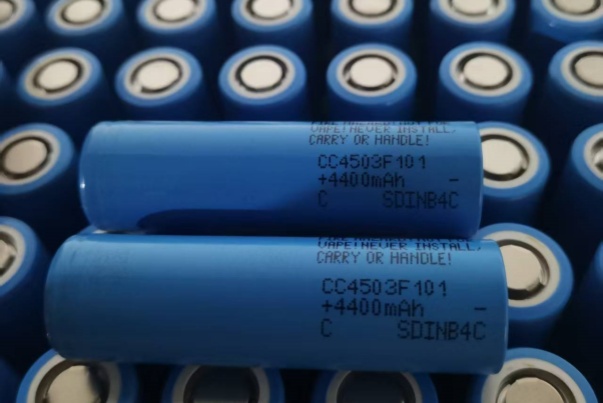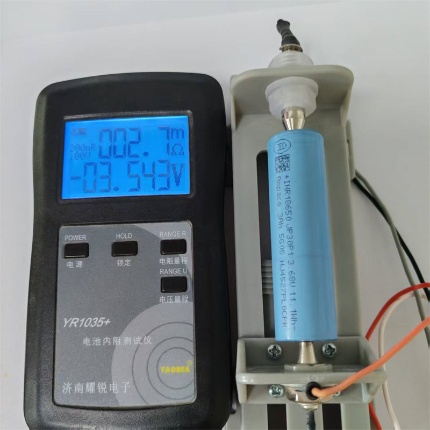With the proliferation of electric vehicles (EVs) and electronics that rely on lithium-ion batteries (LIBs), it’s become crucial to scale up battery recycling processes. Recycling is essential to reduce waste, minimize the environmental impacts of batteries, and recover valuable materials. By implementing supportive regulations, investing in advanced technologies, and fostering collaboration, the battery recycling industry can create a circular economy that addresses resource scarcity and reduces carbon emissions.

The current landscape of lithium-ion battery recycling
The global LIB recycling industry is expanding significantly as governments and companies respond to the rising demand. As of 2025, the capacity of established recycling facilities stands at around 1.6 million tons per year. With the addition of planned facilities, this capacity is expected to surpass 3 million tons per year.
This market is primarily driven by the tightening of environmental regulations, the need for EV supply chain decarbonization, the growing number of retired batteries, and the rising demand for critical materials like lithium, cobalt, and nickel. Let’s take a closer look at these drivers:
Supply-chain decarbonization is being prioritized by auto OEMs
Electric vehicles are considered clean because they don’t produce tailpipe emissions from fuel combustion. Yet, the production of their LIBs is a significant source of carbon emissions, accounting for approximately 40-60% of the total emissions from an EV’s manufacturing process. Mining and refining their necessary minerals, such as lithium, nickel, and cobalt, emits significant quantities of CO₂.
In response to increasing pressure from regulators, investors, and stakeholders for reduced carbon footprints, leading auto OEMs are seeking to reduce their emissions overall. Battery recycling and raw materials recovery are important steps toward achieving this. Additionally, battery recycling helps reduce energy consumption and carbon emissions in transportation, manufacturing, and other processes. A study by Fraunhofer IWKS estimates that recycling 1 kg of lithium batteries can reduce carbon emission by 2.7 to 4.6 kg CO₂ equivalent.
Tightening regulations and compliance requirements
Mandatory requirements, such as extended producer responsibility (EPR), hazardous waste management, and end-of-life recycling, are shaping the industry. Well-structured recycling policies can reduce safety concerns and the loss of reusable materials from spent LIBs, while promoting the recovery of scarce resources. Additionally, circular economy policies, industry standards, and government funding incentivize growth. As seen in Figure 1, numerous policies have been developed in the U.S., EU, and Asian countries (China, South Korea, India) regarding LIB recycling over the last 10 years. Among these countries, China has been the most proactive in proposing and implementing policies that address LIB recycling.
The first wave of EV batteries is reaching retirement
Simply put, more EVs on the road means more batteries in circulation. LIB performance gradually deteriorates over time, and with today’s technology, the average service life of EV batteries is five to eight years. That means the first batch of EV batteries to reach the market in previous years is now ushering in a “retirement tide.”
According to a recent study by Deloitte, the retirement scale of EV batteries is expected to grow rapidly at a CAGR of 43% from 2021 to 2030 and will reach 1483 GWh per year by 2030 (see Figure 2). The Chinese market, which leads the global EV market, is also expected to be the largest in battery recycling, occupying about 70% of the global battery recycling capacity.
With so many batteries coming out of service, it will be vital to keep these used batteries out of waste streams where they can contribute to environmental pollution. Manufacturers are also seeking to reclaim their raw materials for new batteries.
Recycling to bridge the future supply gap for critical raw materials
The development of the lithium battery industry remains constrained by the availability of upstream critical minerals. According to the IEA’s forecast, under its net zero emissions by 2050 scenario, global lithium demand will reach 1,431 kt by 2040, seven times higher than current production levels. Similarly, the demand for nickel and cobalt is expected to double by 2040, reaching 6,386 kt and 472 kt, respectively.
Despite the surge in demand for these critical minerals, expanding mining and refining capacity requires significant investment and a development cycle of up to several years. Battery recycling offers the LIB industry a pathway to reduce dependence on traditional raw material mining and mitigate risks of future supply disruptions.
Technological innovations to improve lithium-ion battery recycling
We examined the CAS Content Collection™, the largest human-curated repositories of scientific information, to better understand how battery recycling technology is evolving. Here are the key takeaways from our analysis:
Power players: Unveiling the global leaders and trends: The strong commercial interest in LIB recycling is evident from the overwhelming patent-to-journal publication ratio of 2:1, compared to the typical ratio of 1:5 (see Figure 3A). Furthermore, our analysis of the geographical distribution of total publications highlights the dominance of Asian countries in this field, as shown in Figure 3B. China has emerged as the leading player, followed by Japan and South Korea. The United States and Germany also hold prominent positions.




